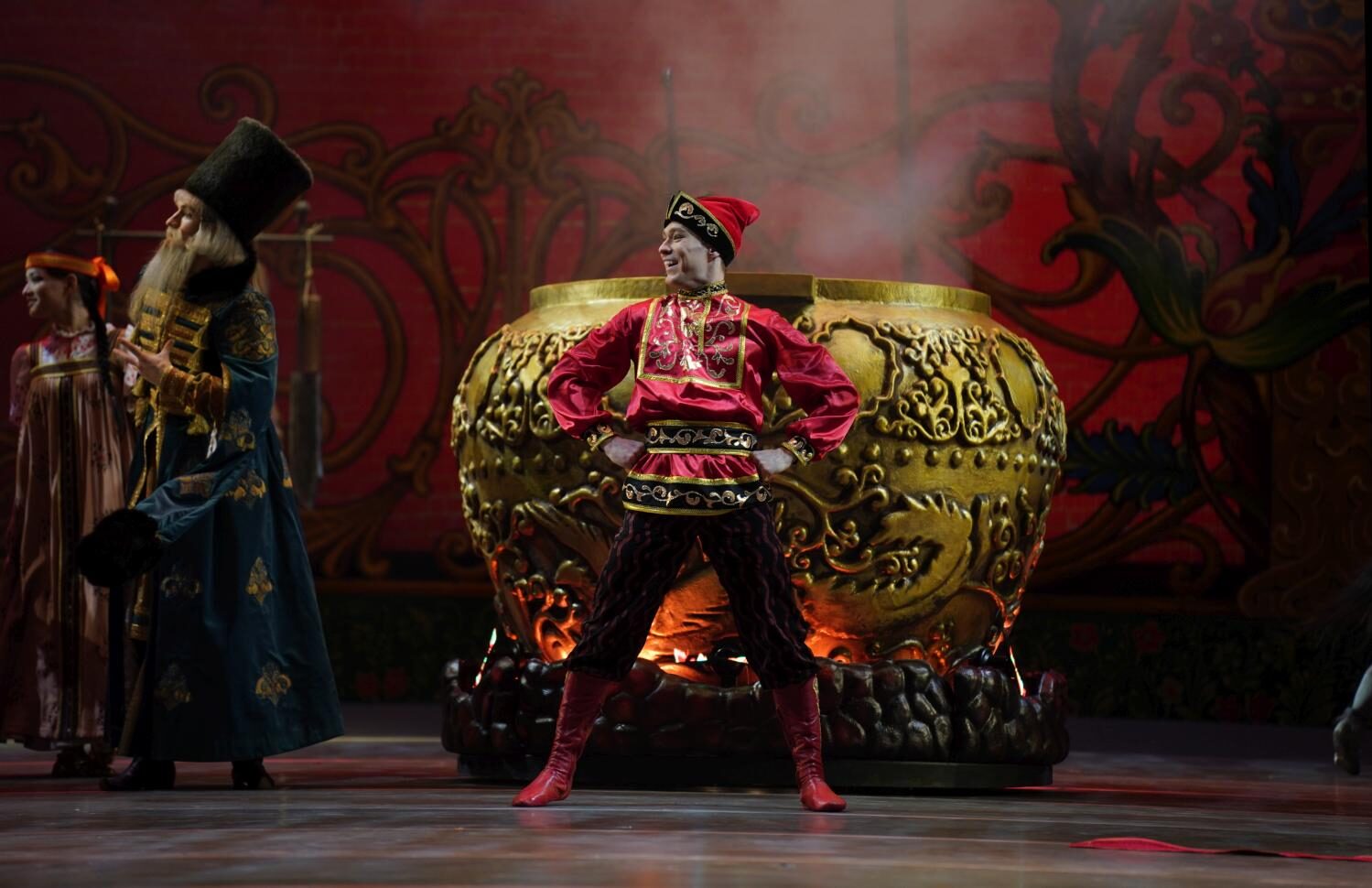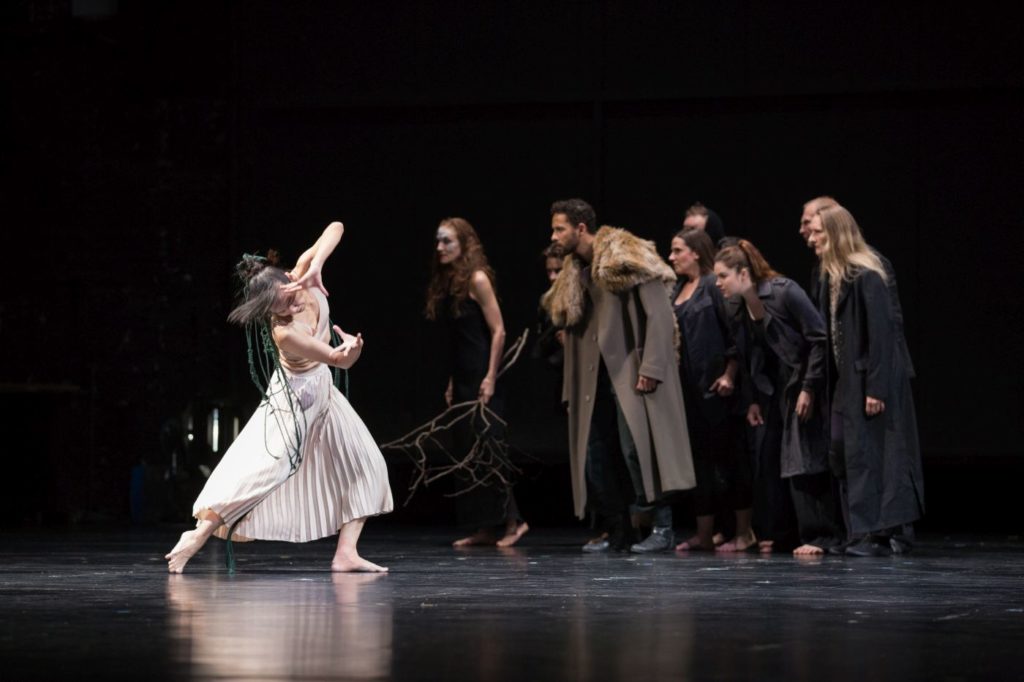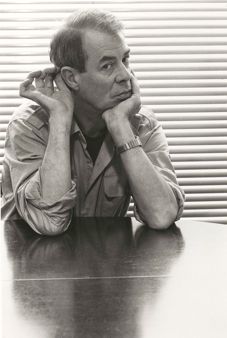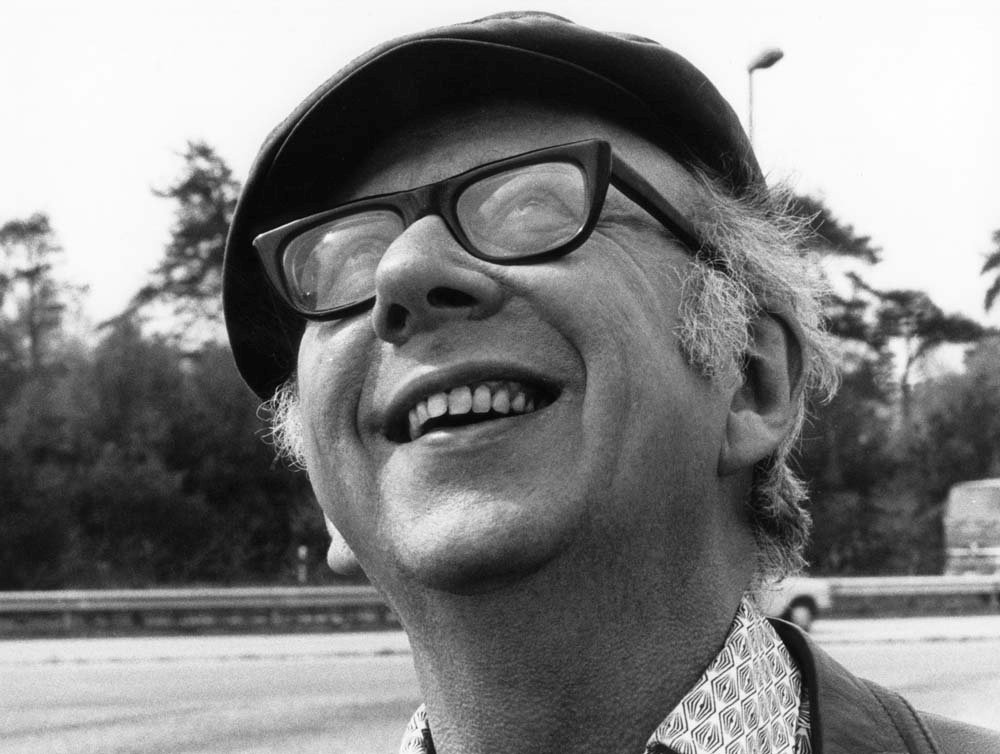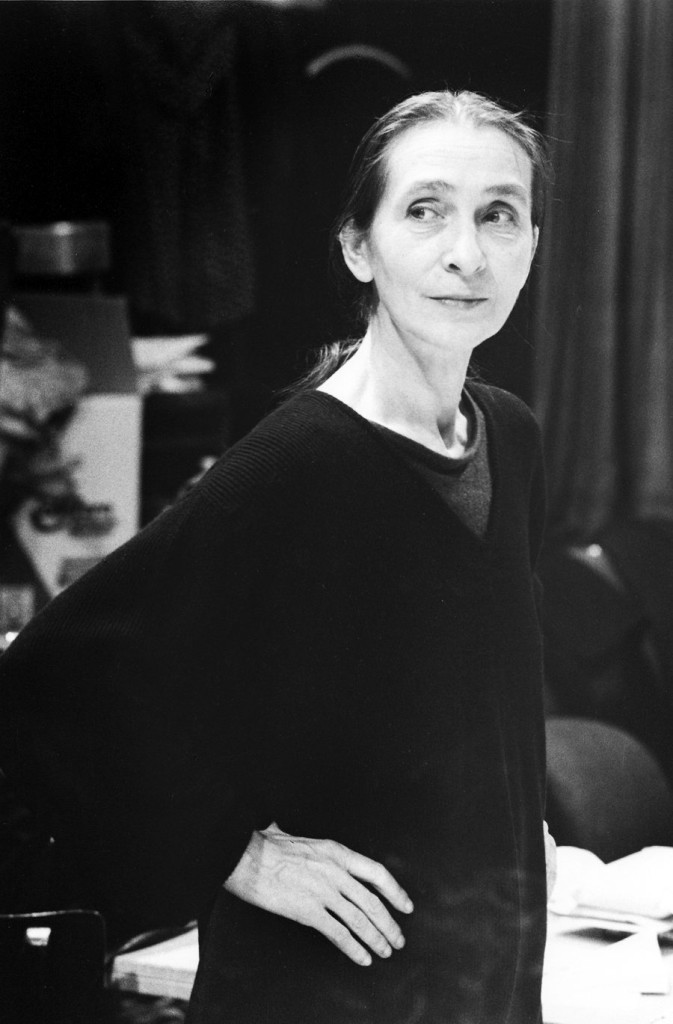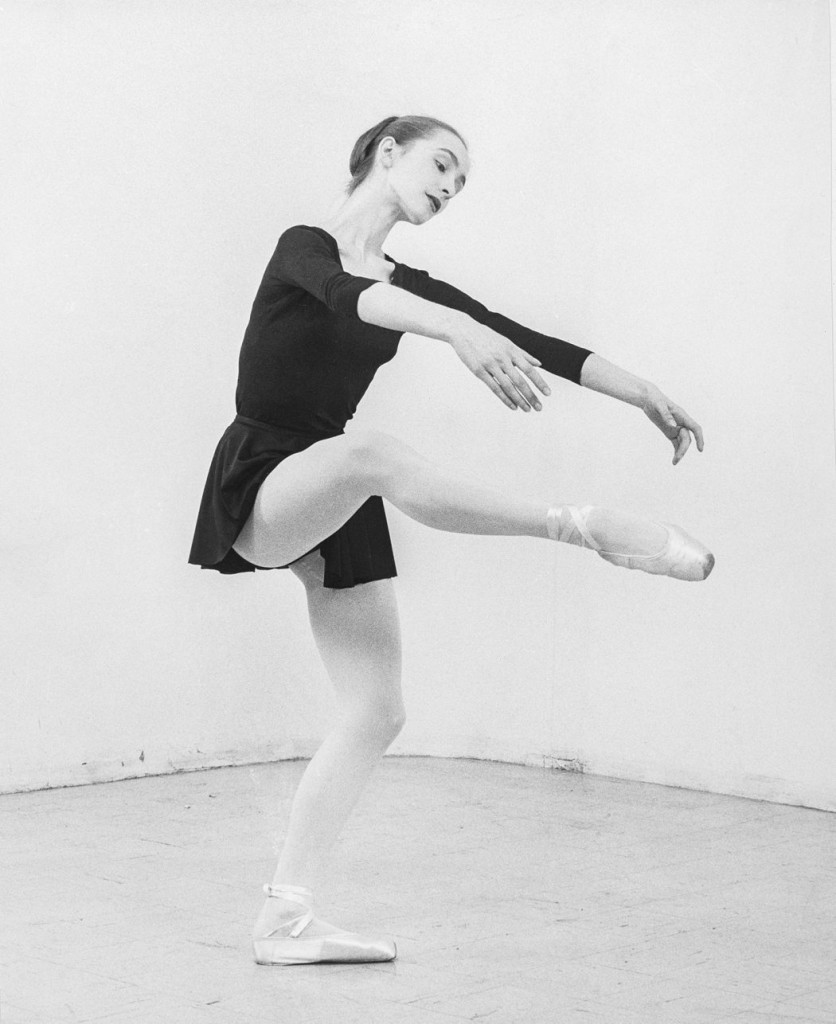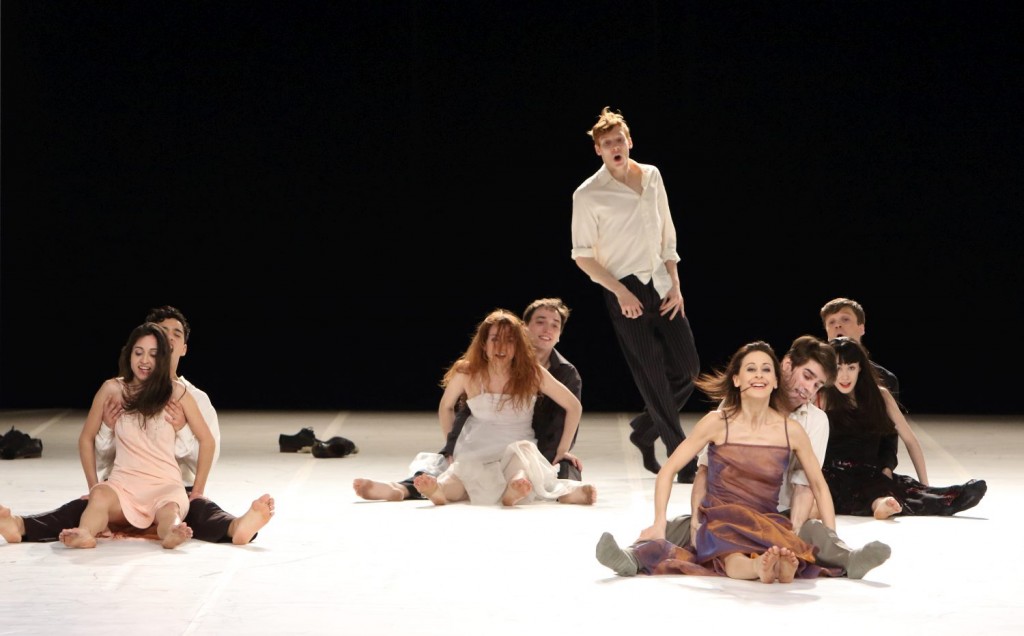Life Support
“common ground[s]” / “Le Sacre du printemps”
École des Sables / Pina Bausch Foundation / Sadler’s Wells
Forum Ludwigsburg
Ludwigsburg, Germany
June 17, 2022
by Ilona Landgraf
Copyright © 2022 by Ilona Landgraf
![1. G.Acogny and M.Airaudo, “common ground[s]” by M.Airaudo and G.Acogny, 2022, photo M.Vanden Abeele © Pina Bausch Foundation](https://www.ilona-landgraf.com/wp-content/uploads/2022/06/commongrounds_photo_maarten_vanden_abeele1.jpg) Since Pina Bausch’s death thirteen years ago, the Pina Bausch Foundation – chaired by Bausch’s son Salomon – has worked hard to keep her oeuvre alive. Some attempts were successful (I’m thinking of the Bavarian State Ballet’s “Für die Kinder von gestern, heute und morgen”, for example), while others failed. In a recent project, the Foundation joined forces with the École des Sables, a dance training center in Senegal, and Sadler’s Wells. The result was a double bill comprised of the new pas de deux “common ground[s]” and Bausch’s 1975 work “Le Sacre du printemps” that premiered in Senegal before setting off for a tour through Europe. I saw the first of three total performances at the Ludwigsburg Castle Festival. (more…)
Since Pina Bausch’s death thirteen years ago, the Pina Bausch Foundation – chaired by Bausch’s son Salomon – has worked hard to keep her oeuvre alive. Some attempts were successful (I’m thinking of the Bavarian State Ballet’s “Für die Kinder von gestern, heute und morgen”, for example), while others failed. In a recent project, the Foundation joined forces with the École des Sables, a dance training center in Senegal, and Sadler’s Wells. The result was a double bill comprised of the new pas de deux “common ground[s]” and Bausch’s 1975 work “Le Sacre du printemps” that premiered in Senegal before setting off for a tour through Europe. I saw the first of three total performances at the Ludwigsburg Castle Festival. (more…)
